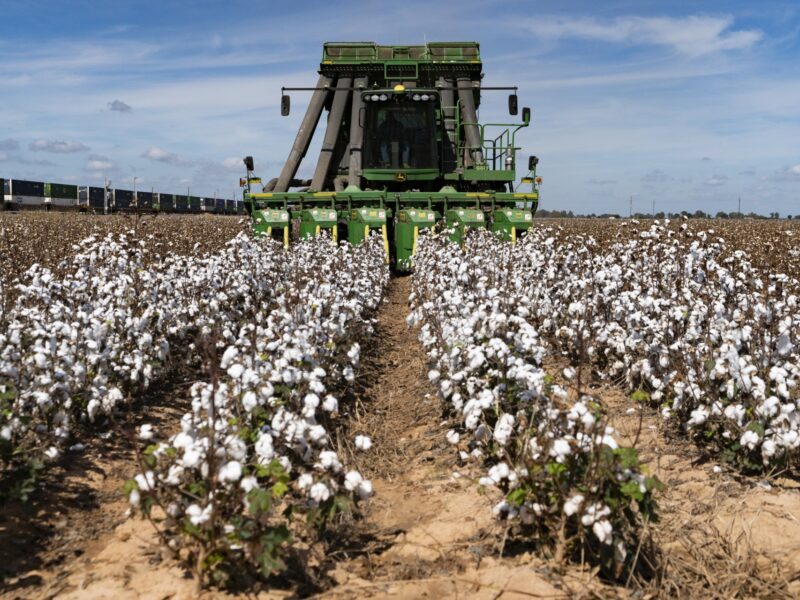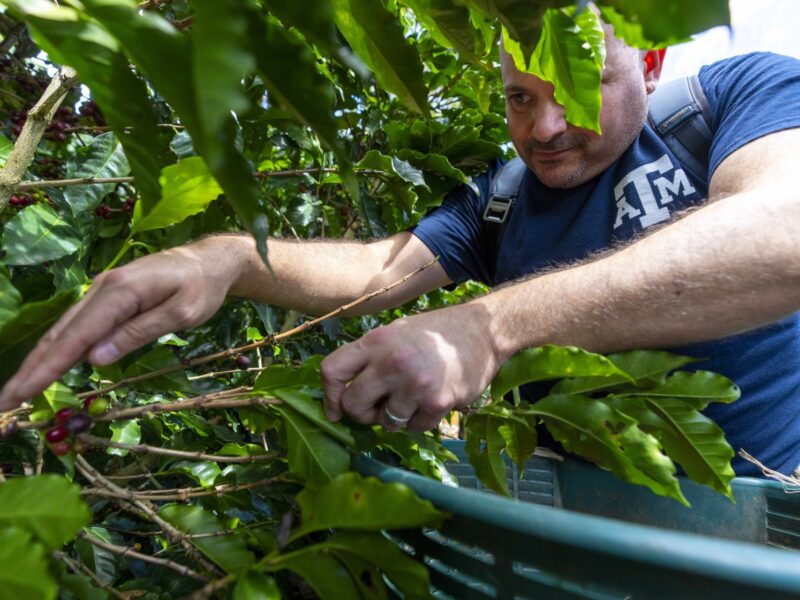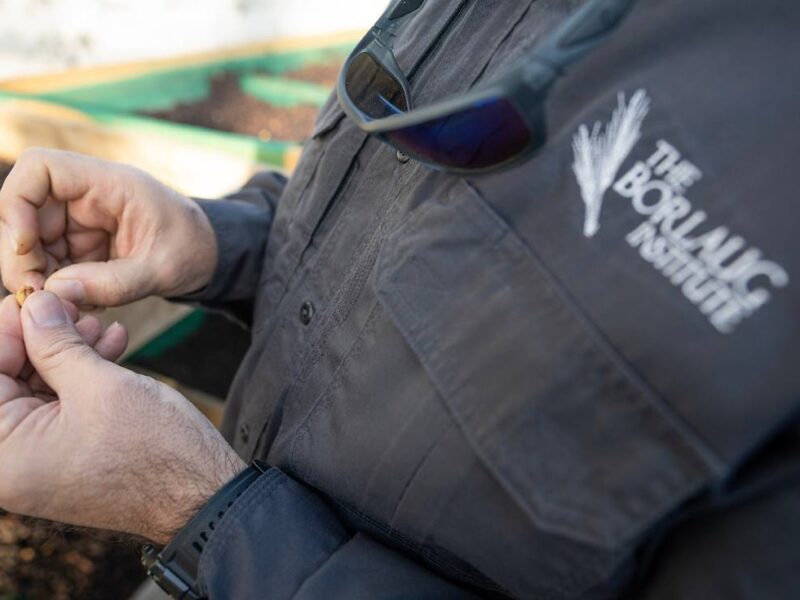‘They Make People Smile’
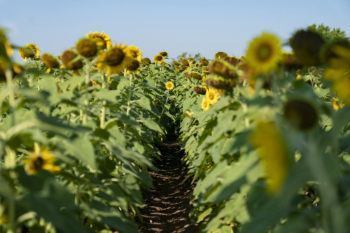
Kansas may be known as The Sunflower State, but Jay Wilder is not buying it – his farm near Snook proves otherwise.
The Wilder Family Farm has been in operation since 1912 and a few years ago, Jay Wilder, a 1993 Texas A&M University graduate, decided to put a new addition to the 2,500-acre farm and its cotton, sorghum and soybean crops. He planted about 300 acres of sunflowers and the results have been profitable – and certainly colorful.
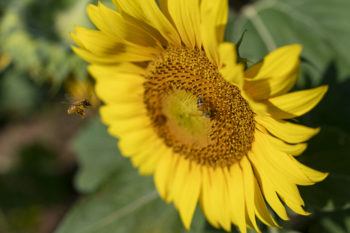
Located near Snook in Burleson County, the farm is now something of a local tourist attraction with visitors stopping by daily to see and photograph the thousands of sunflowers that can grow to 8-10 feet high (the world record for a sunflower is 30 feet).
“I thought we would give it a try a few years ago,” said Wilder, whose family also runs a cow-calf operation. “Commodity prices were down. Raising sunflowers seemed like a good idea and it’s worked out very well. The work they require is much less than cotton and other crops.”
Wilder, along with his sons Jayce and Spencer and his father Joe, harvest the huge sunflowers to make birdseed. He has contracted with the H-E-B grocery store chain to sell the seed through its Hill Country Fare line.
Planting this year’s crop began a few weeks after the big arctic freeze in February, and by May, sunflowers were blooming. The crop is now near its peak, and it’s the time of year when the plants are fully matured and they are “starting to become a bit droopy.”
“We had a really good crop this year because we had plenty of rain. It was a good time for sunflowers,” he said.
Wilder said that each acre can contain from 10,000 to almost 20,000 sunflowers, which is good news for the many birds that rely on sunflower seed. Each plant can contain as many as 2,000 seeds.
Although most sunflowers in the U.S. are yellow in color, there are parts of the country where the flowers are red, orange and even purple.
So is there anything people don’t know about sunflowers?
“Well, you can grow them in just about every part of the state,” Wilder said. “Texas soil is good for them as long as they have water. And there’s just something about sunflowers that bring a smile to people’s faces.”
Media contact: Keith Randall, keith-randall@tamu.edu
